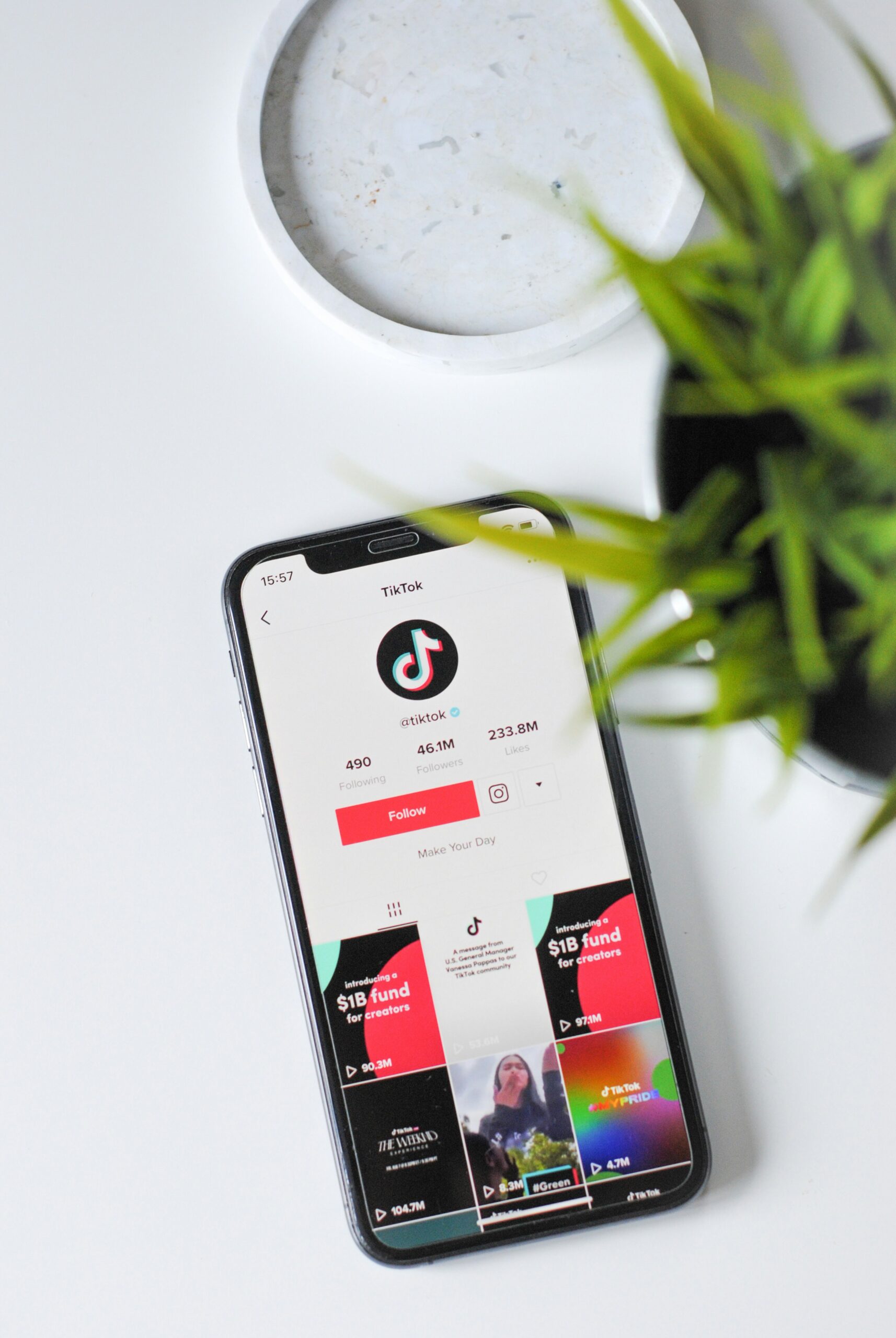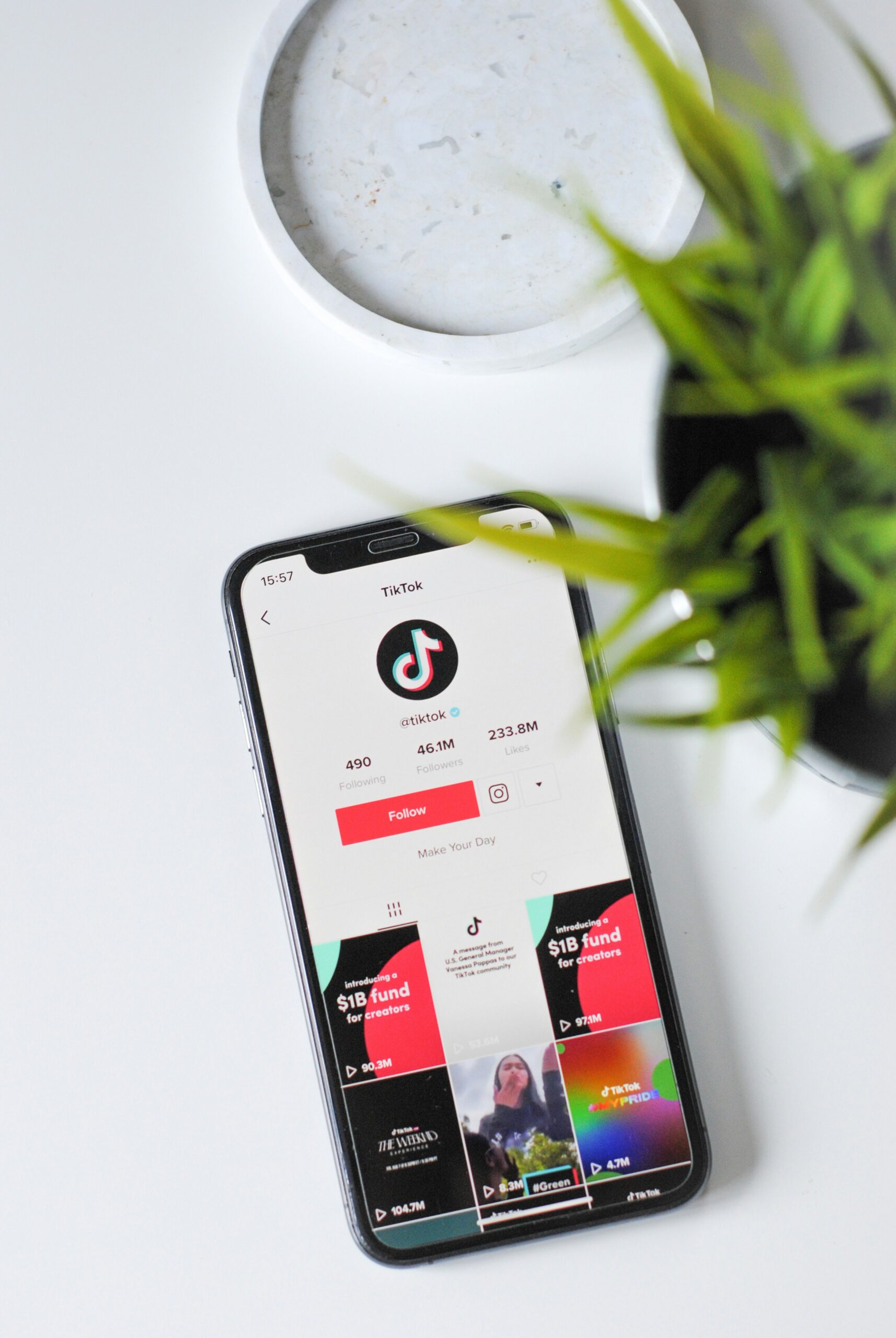
Common Facebook Marketing Mistakes and How to Avoid Them
Introduction to Facebook Marketing
Facebook has solidified its position as a cornerstone in the realm of digital marketing, boasting a user base surpassing 2.8 billion monthly active users globally. This extensive reach makes Facebook an indispensable platform for businesses aiming to enhance their visibility and engage with a diverse audience. The platform’s robust array of targeting options allows marketers to hone in on specific demographics, interests, and behaviors, thereby maximizing the relevance and impact of their campaigns.
Utilizing Facebook for business growth offers myriad benefits, from brand awareness and lead generation to customer engagement and sales conversions. Companies can leverage Facebook’s advertising tools to create highly personalized and targeted ad campaigns, ensuring that their content reaches the most relevant audience segments. Additionally, Facebook’s analytics provide valuable insights into campaign performance, enabling businesses to refine their strategies and achieve better outcomes.
However, the efficacy of Facebook marketing hinges on the ability to navigate its complexities and avoid common pitfalls. Missteps can lead to wasted resources, suboptimal results, and missed opportunities for growth. As such, understanding these frequent mistakes and learning how to circumvent them is crucial for any business looking to capitalize on Facebook’s marketing potential. This blog post will delve into the most prevalent Facebook marketing errors and offer practical guidance on how to steer clear of them, ensuring that your marketing efforts yield the desired success.
Mistake 1: Ignoring Audience Insights
One of the most prevalent mistakes marketers make on Facebook is overlooking the power of the Audience Insights tool. This oversight can result in poorly targeted campaigns and suboptimal performance. Facebook’s Audience Insights provides a wealth of data about audience demographics, behaviors, and preferences, which are crucial elements for crafting effective marketing strategies.
Ignoring Audience Insights means missing out on valuable information about who your audience is, what they like, and how they interact with content. For instance, demographic data such as age, gender, and location can help tailor your messaging to better resonate with your target market. Behavioral data, including purchase behaviors and device usage, allows for more precise ad placement, ensuring that your content reaches the right people at the right time.
To leverage Audience Insights effectively, start by exploring the demographics of your audience. Look at their age ranges, gender distribution, and geographic locations. This information can inform not only your ad targeting but also the creative aspects of your campaigns, such as imagery and messaging.
Next, delve into the behaviors and interests of your audience. Understand what pages they like, what activities they engage in, and what types of content they consume. This can help you create content that aligns with their interests, increasing engagement rates and the likelihood of conversions.
Furthermore, Audience Insights can reveal crucial information about your competition. By examining the audiences of similar brands or pages, you can identify potential gaps in your strategy and opportunities to differentiate your brand.
Best practices for utilizing Audience Insights include regularly updating your audience research, A/B testing different audience segments, and continuously monitoring the performance of your campaigns to make data-driven adjustments. By integrating these insights into your Facebook marketing strategy, you can enhance targeting accuracy, optimize ad spend, and ultimately achieve better campaign results.
Mistake 2: Overlooking the Power of Visual Content
In the realm of Facebook marketing, one of the most critical errors businesses can make is underestimating the significance of visual content. Visual elements are not merely supplementary; they are central to capturing user attention and driving engagement. Given the platform’s visually-oriented nature, prioritizing high-quality visual content can significantly enhance user interaction and engagement rates.
Various types of visual content perform exceptionally well on Facebook. Images, for instance, are among the most straightforward yet effective visual tools. High-resolution photos that are relevant to your brand and resonate with your audience can drastically improve your posts’ visibility. Incorporating branded elements or text overlays can further amplify their impact, making your content stand out in users’ news feeds.
Videos are another powerful type of visual content that can elevate your Facebook marketing strategy. Whether it’s a short clip highlighting a product feature or a longer, narrative-driven video, dynamic visual content tends to captivate audiences more effectively than static images. Facebook’s algorithm favors video content, often leading to higher organic reach. Live videos, in particular, can foster real-time engagement, offering a unique opportunity to interact directly with your audience.
Infographics combine the best of both worlds by integrating data and visual appeal. They are particularly effective for presenting complex information in an easily digestible format. Well-designed infographics can quickly communicate key messages and are highly shareable, increasing the likelihood of your content being disseminated across the platform.
To create visually appealing content, consider investing in quality design tools or collaborating with professional designers. Utilize consistent color schemes, fonts, and branding to maintain a cohesive look. Additionally, ensure that all visual content is optimized for mobile viewing, as a significant portion of Facebook users access the platform via mobile devices.
By recognizing the power of visual content and strategically incorporating it into your Facebook marketing efforts, you can significantly boost engagement rates and enhance the overall effectiveness of your campaigns.
Mistake 3: Neglecting Consistent Posting
Consistency in posting is a fundamental aspect of successful Facebook marketing. Neglecting regular updates can significantly impact audience engagement and result in lower visibility in users’ news feeds. Facebook’s algorithm favors content from pages that engage their audience frequently. Therefore, a sporadic posting schedule can lead to your content being deprioritized, making it less likely to appear in users’ feeds, and consequently diminishing your reach and engagement.
To counteract this, developing a posting calendar is essential. A well-structured calendar helps you plan your content in advance, ensuring that you maintain a regular posting schedule. Begin by analyzing your audience’s behavior to identify the most effective times and days to post. This data-driven approach will allow you to maximize your reach and engagement.
Once you have your calendar in place, scheduling posts can streamline your efforts further. Numerous social media management tools, such as Hootsuite, Buffer, and Sprout Social, offer scheduling features that allow you to plan and automate your posts. By using these tools, you can ensure that your content goes live at optimal times without the need for manual posting. This not only saves time but also ensures that your posting remains consistent, regardless of other commitments.
Moreover, these tools provide analytics and insights to help you track the performance of your posts. By reviewing this data, you can refine your strategy, focusing on the types of content and posting times that yield the best results. Additionally, consider varying your content to keep your audience engaged. Mix up your posts with a combination of text updates, images, videos, and links to maintain interest and cater to different user preferences.
In summary, consistent posting is crucial for maintaining audience engagement and visibility on Facebook. By developing a posting calendar, utilizing scheduling tools, and analyzing performance data, you can ensure that your content reaches your audience effectively and consistently.
Mistake 4: Failing to Engage with Followers
In the realm of Facebook marketing, one of the most critical yet often overlooked aspects is engaging with followers. Ignoring this fundamental principle can significantly impede the growth of a loyal community around your brand. By failing to respond to comments, messages, and feedback, businesses miss valuable opportunities to connect with their audience on a personal level, which is essential for building trust and fostering long-term relationships.
Engagement is more than just a courtesy; it is a strategic necessity. When followers take the time to interact with your content, they expect acknowledgment and interaction in return. Responding to comments, whether they are questions, compliments, or even criticisms, shows that your brand values its audience. This reciprocal communication can enhance your brand’s reputation, as it demonstrates responsiveness and a willingness to listen and adapt based on customer feedback.
Practical engagement techniques include timely responses to comments and messages, posing questions to initiate conversations, and encouraging user-generated content through contests or challenges. Utilizing Facebook’s built-in tools, such as automated responses for common inquiries, can help manage interactions more efficiently without sacrificing the personal touch. Additionally, setting aside dedicated times for live Q&A sessions or behind-the-scenes looks can make your followers feel more connected and appreciated.
Tools like Facebook’s Page Manager app and social media management platforms such as Hootsuite or Buffer can streamline the process of monitoring and responding to interactions. These tools allow you to track engagement metrics, schedule posts, and ensure that no comment or message goes unanswered, thereby maintaining a high level of interaction consistently.
Ultimately, active engagement with followers is a cornerstone of effective Facebook marketing. It transforms passive viewers into active participants and loyal supporters, driving both community growth and brand loyalty. By prioritizing interaction and utilizing the right tools, businesses can foster a vibrant, engaged community that supports sustained growth and success.
Mistake 5: Ignoring Facebook Analytics
One of the most critical errors businesses make in their Facebook marketing efforts is ignoring Facebook Analytics. Failing to utilize this powerful tool can lead to missed opportunities for optimization and growth. Facebook Analytics provides a wealth of data that can help marketers understand how their campaigns are performing and where adjustments may be needed.
Key metrics such as reach, engagement, and conversion rates are essential indicators of a campaign’s success. Reach measures the number of unique users who have seen your content, highlighting the potential audience size. Engagement, which includes likes, shares, comments, and clicks, signifies how well your content resonates with your audience. Conversion rates, on the other hand, track the percentage of users who take a desired action, such as making a purchase or signing up for a newsletter, providing insight into the effectiveness of your marketing efforts.
By regularly monitoring these metrics, businesses can gain valuable insights into what is working and what isn’t. For example, if a particular post has a high reach but low engagement, it may indicate that while the content is being seen, it is not compelling enough to elicit interaction. Conversely, high engagement with low conversion rates might suggest that while the content is engaging, it is not effectively driving users to take the desired action.
Utilizing Facebook Analytics allows for data-driven decision making. Adjusting strategies based on these insights can lead to more targeted and effective campaigns. For instance, if analytics reveal that video posts have higher engagement rates than text posts, a business can shift its content strategy to include more videos. Similarly, analyzing the time of day when engagement rates are highest can help in scheduling posts for maximum impact.
In conclusion, ignoring Facebook Analytics can severely impede the growth and optimization of marketing campaigns. By leveraging the insights provided by these metrics, businesses can refine their strategies, enhance engagement, and ultimately drive better results from their Facebook marketing efforts.
Mistake 6: Over-Reliance on Organic Reach
Many businesses make the critical mistake of relying exclusively on organic reach for their Facebook marketing efforts. While organic reach is valuable, its limitations can significantly hinder your marketing objectives. Organic posts on Facebook typically reach only a small fraction of your followers, primarily due to the platform’s evolving algorithms designed to prioritize content from friends and family over business pages. Consequently, relying solely on organic methods can restrict your ability to engage with a broader audience and achieve your marketing goals.
To overcome these limitations, incorporating Facebook Ads into your strategy is essential. Facebook Ads offer a plethora of benefits, including the ability to expand your reach and target specific audiences based on demographics, interests, and behaviors. By leveraging these tools, you can ensure your content reaches potential customers who are most likely to engage with your brand.
When creating effective ad campaigns, it’s crucial to start by clearly defining your goals. Whether you aim to increase website traffic, generate leads, or boost brand awareness, having a clear objective will guide your ad creation and targeting choices. Next, setting a budget is vital. Facebook allows you to control your ad spend by setting daily or lifetime budgets, ensuring that you can manage costs while still achieving meaningful results.
Utilizing Facebook’s ad targeting options can significantly enhance your return on investment (ROI). With options such as Custom Audiences, Lookalike Audiences, and detailed targeting, you can reach individuals who have already interacted with your brand or those who share similar characteristics with your existing customers. This level of precision helps in delivering your message to the right people at the right time.
In summary, while organic reach should not be neglected, over-reliance on it can be a costly mistake. By integrating Facebook Ads into your marketing strategy and leveraging the platform’s robust targeting options, you can maximize your reach and effectively engage your desired audience, thereby enhancing your overall marketing performance.
Conclusion and Best Practices
In the dynamic realm of social media, avoiding common Facebook marketing mistakes is crucial for the success of your campaigns. Missteps such as neglecting audience insights, underestimating the power of visual content, and inconsistent posting can significantly hinder your marketing efforts. It’s imperative to recognize and rectify these pitfalls to harness the full potential of Facebook as a marketing platform.
To steer clear of these mistakes, consider the following best practices:
Utilize Audience Insights: Thoroughly understanding your audience is the cornerstone of effective marketing. Use Facebook’s comprehensive insights to tailor your content and strategies to meet the specific needs and preferences of your target demographic.
Prioritize Visual Content: Visual content, including images, videos, and infographics, tends to capture more attention and drive higher engagement. Ensure that your visual assets are high-quality and relevant to your brand message to create a compelling narrative.
Maintain Consistent Posting: A regular posting schedule keeps your audience engaged and informed. Consistency builds trust and ensures that your brand remains top-of-mind. Plan your content calendar ahead of time to maintain a steady flow of posts.
Engage with Followers: Interaction is key to building a loyal community. Respond to comments, messages, and feedback promptly. Engaging with your followers fosters a sense of connection and can significantly enhance your brand’s reputation.
Leverage Analytics: Regularly analyze your performance metrics to gauge the effectiveness of your campaigns. Utilize Facebook’s analytics tools to track key performance indicators and adjust your strategies based on the data insights.
Combine Organic and Paid Strategies: A balanced approach that integrates both organic content and paid advertising can amplify your reach and impact. Use paid promotions to boost high-performing posts and reach a wider audience while nurturing organic engagement.
Continuous learning and adaptation are vital in the ever-evolving landscape of Facebook marketing. Stay updated with the latest trends and algorithm changes to refine your strategies and maintain a competitive edge. By adhering to these best practices, you can navigate common pitfalls and achieve sustained success in your Facebook marketing endeavors.


